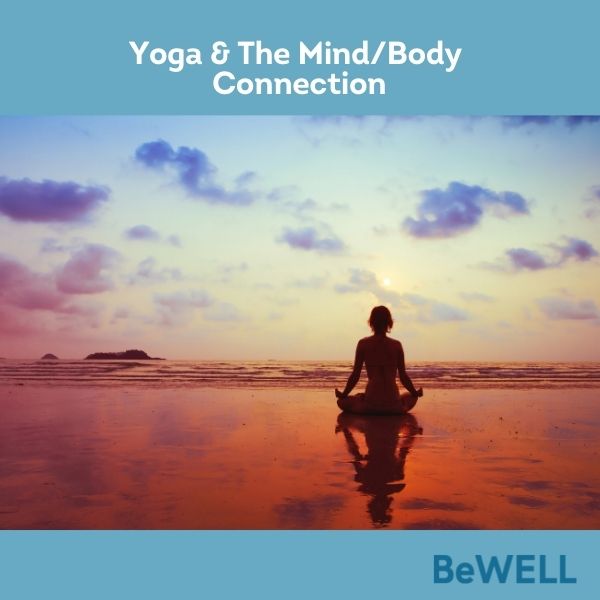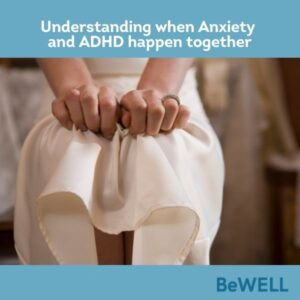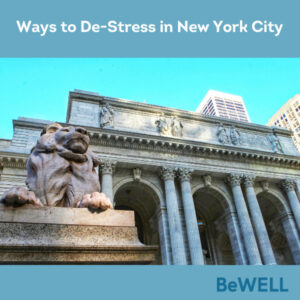By Liz Buehler Walker, Dir of Health and Wellbeing
“The body, not the thinking brain, is where we experience most of our pain, pleasure, and joy, and where we process most of what happens to us. It is also where we do most of our healing, including our emotional and psychological healing. And it is where we experience a sense of resilience and a sense of flow.” – Resmaa Menakem
The body has always been the “way in” for me. As a child, I took classes at the local dance studio and followed that joy over the years, eventually becoming a professional freelance dancer here in New York. As with many intense physical pursuits, injury eventually found me, and I started yoga as a way to heal my injuries. Yoga and dance both became a way of understanding myself and what makes me feel alive. It wasn’t something I could really put into words, but I felt it in my body – that vitality and freedom. As I matured, the self-exploration of what it means to be alive expanded from my individual self to relationships, communities and us a collective of beings. As the liberatory nature of the yoga practices took more shape in me I was able to see and hold more. Once I became more aware of personal and collective trauma, I added talk therapy to process what my body knew but I couldn’t yet express emotionally.
For thousands of years, the yogic rishis and practitioners in India, South Asia and now throughout the world have acknowledged that strong emotions, memories, and repeated thoughts and actions produce Samskaras, which Swami Satchidananda describes as “impressions” in his commentary on The Yoga Sutras of Patanjali. These impressions exist in our consciousness and in our bodies, and they affect how we interact with the world. The yogic practices are designed to work with the physical body by doing asana (poses) and with the mental/emotional body in contemplative practices, moving the stagnant negative imprints and establishing liberatory patterns.
In his book “The Body Keeps the Score”, Dr. Bessel Van der Kolk describes this as “combining top-down approaches (to activate social engagement) with bottom-up methods (to calm the physical tensions in the body)”. Dance and a physical yoga practice had led me to start with the “bottom-up” approach. And the “top-down” approach came later for me as I delved more into the ethics and philosophy of yoga along with talk therapy.
Van der Kolk states “Knowing what we feel is the first step to knowing why we feel that way. If we are aware of the constant changes in our inner and outer environment, we can mobilize to manage them.” Yoga poses, breathing and meditation are phenomenal tools for knowing what we feel and observing the fluctuations in our internal and external environments. We use the senses of the body to clarify the mind. We regulate the nervous system where it lives in the body. Yoga gives formality and framework to our movement, and it is in that framework that the nervous system can settle. “The sympathetic nervous system wants movement—I have to do something!—but the key is for the movement to be organized. If we let the sympathetic nervous system just do its thing, it’s going to be chaotic, messy, and not move us back into regulation.” – Deb Dana
Ways yoga uses the mind and body connection for a regulated nervous system
Movement with Mindfulness
–Focusing the thinking mind on what is happening in the body. Feeling my seat on the floor or in a chair. What are the sensations I have in each pose or movement?
Breathing Techniques
– There are a multitude of breathing practices (Pranayama) for calming or activating the nervous system
Orienting in Space
– When I know my relationship to the space around me, I can recognize safety when it exists. Feel the ground under me. I can move freely to sense the space around me. I can change body position and perspective to notice my environment.
Real Time
– An awareness of myself in space also helps me be in the present moment. Doing one task at a time. Getting the mind to move at the pace of the body.
Wide range of practices
– The vast array of practices and yoga lineages allows me to practice my healing in the way that my nervous system needs at various points in life and based on my true nature. Practices can be quiet and calming or vigorous and activating.
Trauma, Yoga and the Mind And Body Connection
The NIH describes symptoms of trauma as “loss of awareness of one’s emotional and physical being in the present moment, and overall lack of integration between the self and the body”. Yoga means “to yoke”, to bring together. It is a system that fosters connection of the body, mind and spirit and is a powerful antidote to the fracturing caused by trauma. Trauma can be individual (early childhood trauma), collective (the global trauma of Covid19), racialized trauma passed through generations and/or experienced currently. Each of us has our own unique reaction to the traumatic experiences and situations of life, but none of us escapes it altogether.
One of the first steps in yoga for releasing negative samskaras is Sankalpa, or intention. With the Indigo108 program, it is our deepest intention to help you engage in your healing, move freely through your life, and make choices that are right for you. And dancing is always good, too.
RESOURCES
“My Grandmother’s Hands: Racialized Trauma and the Pathway to Mending Our Hearts and Bodies” by Resmaa Menakem
The Yoga Sutras of Patanjali, Translation and Commentary by Sri Swami Satchidananda
“The Body Keeps the Score: Brain, Mind and Body in the Healing of Trauma” by Dr. Bessel van der Kolk
By Deb Dana
Jennifer West, PhD,1,2 Belle Liang, PhD,2 and Joseph Spinazzola, PhD1



